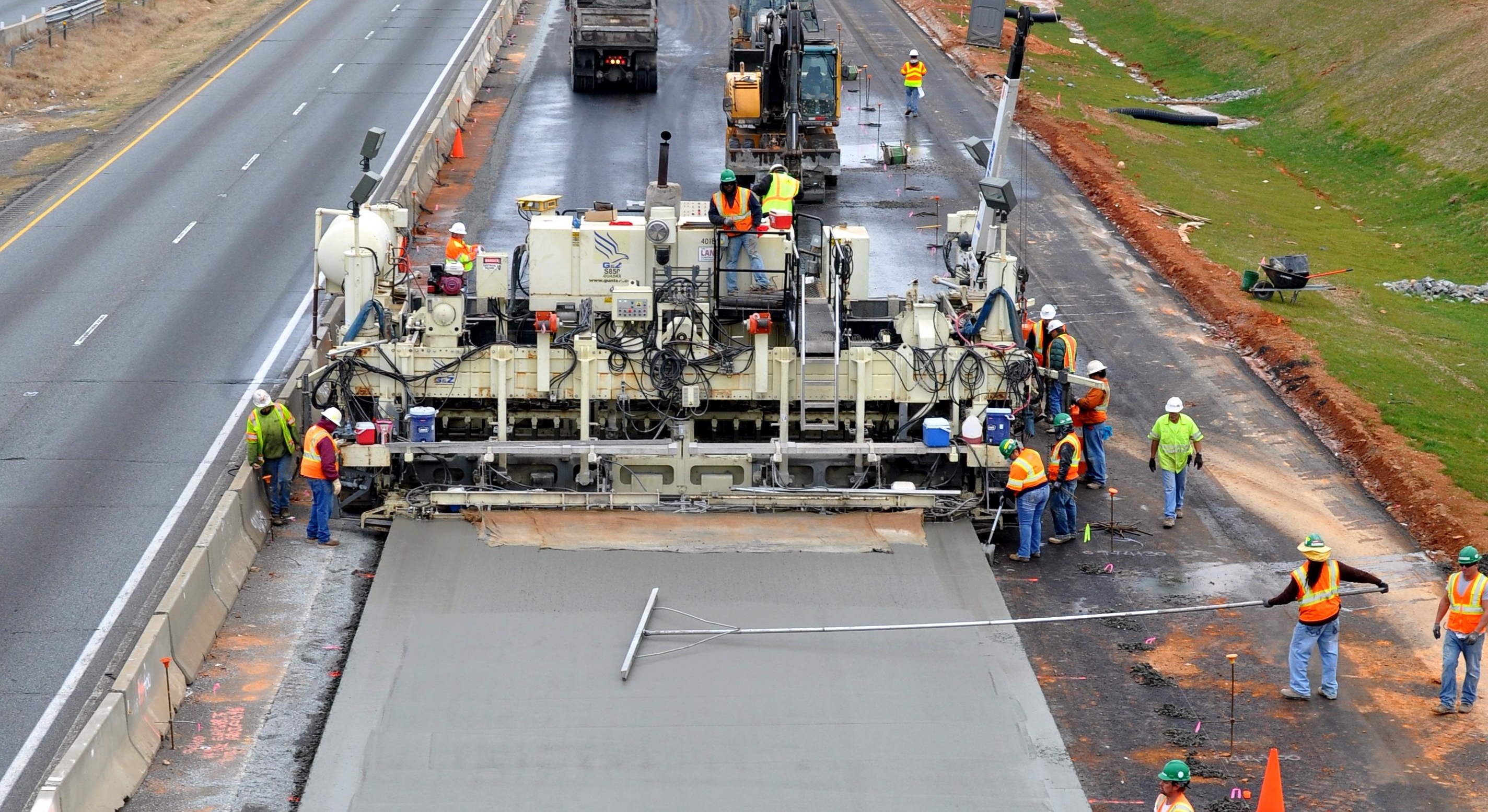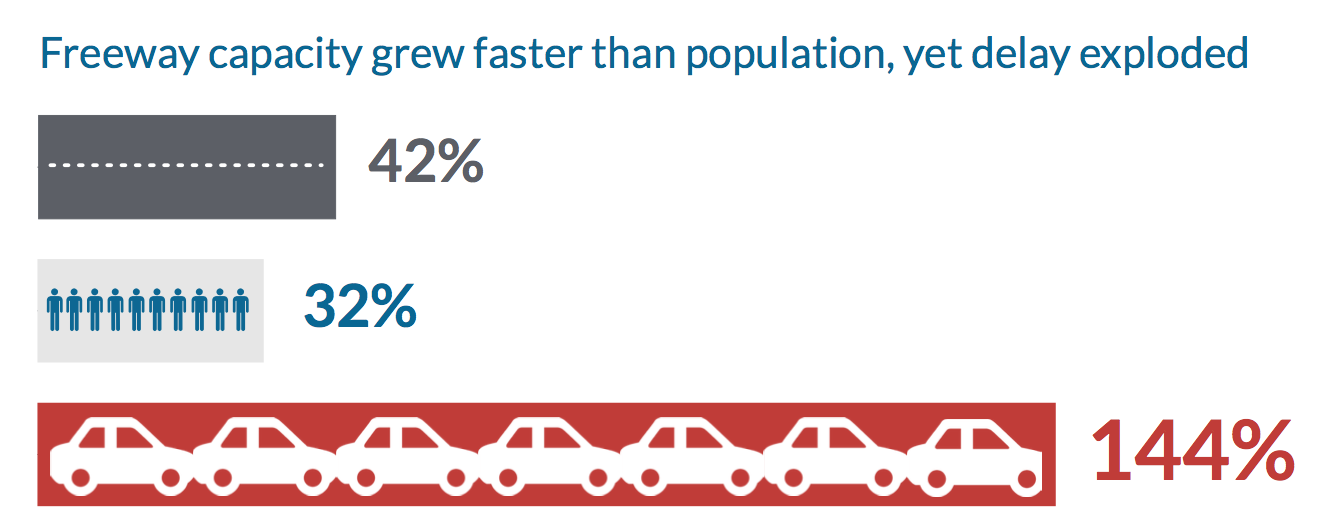
What is smart growth?
Smart growth is an approach to community design that connects housing, transportation, and land use to create healthy, prosperous, and resilient neighborhoods.

About us
Smart Growth America cultivates vibrant, sustainable communities with diverse living and transportation options, enhancing quality of life for all.

Our work
Smart Growth America cultivates vibrant, sustainable communities with diverse living and transportation options, enhancing quality of life for all.

Impact
Smart Growth America cultivates vibrant, sustainable communities with diverse living and transportation options, enhancing quality of life for all.

Events
Throughout the year, we host a number of in-person and virtual events covering topics related to public health, social equity, and climate resilience.


News
By Sean Doyle, March 9, 2020
 The Congestion Con proves with data that one more expensive freeway lane most certainly will not solve congestion, and perhaps congestion is the wrong thing to be trying to solve in the first place.
The Congestion Con proves with data that one more expensive freeway lane most certainly will not solve congestion, and perhaps congestion is the wrong thing to be trying to solve in the first place.
“Expanding roads to reduce congestion isn’t working, and in many cases it is creating more traffic. We cannot afford to keep trying the same expensive and ineffective ‘solution.'”
– The Congestion Con
This story has played out time and time again all across America and we have the receipts. In a new report we examine nearly three decades of freeway, congestion, and population data in the 100 most populous urbanized areas and reach one indisputable conclusion: Widening highways to eliminate congestion is an exercise in futility.
Every single urbanized area—from Brownsville, TX to Spokane, WA—saw an increase in travel delays (the measure for congestion in the report) between 1993 and 2017. In many areas like Charlotte, NC the population more than doubled during that time, but freeway lane miles more than tripled, and congestion rose by 326 percent. In some places like New Orleans and Detroit, population decreased while freeway lanes grew and congestion still got worse.
 The Congestion Con to learn more about the problem and see all of the recommendations that will help the U.S. realize a more efficient transportation system. Then join the conversation online using #CongestionCon.
The Congestion Con to learn more about the problem and see all of the recommendations that will help the U.S. realize a more efficient transportation system. Then join the conversation online using #CongestionCon.
Related News
Upcoming public events: Join us!


Subscribe to our newsletter
© 2025 Smart Growth America. All rights reserved
Site By3Lane Marketing



